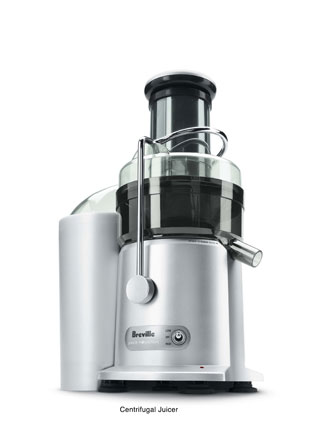
Post by Kyle St. Romain.
We all know that it’s important to get a good night’s sleep, and we’ve posted dozens of articles here on the Charles P Rogers blog to help you do just that. Today, we’re going to discuss another important element of a good night’s sleep: the position you sleep in. Keep reading below to learn more about how the most common sleep positions affect your health (and what they say about your personality).
The “soldier”: Flat on your back with your arms at your sides.
Widely considered the best sleeping position, lying on your back with your arms at your sides promotes a healthy spine and neck. However, people who sleep on their backs tend to snore more than others. Solider sleepers are usually more reserved, quiet, and have higher standards for themselves and others.
The “log”: On your side with both arms down.
The log is generally considered a good sleeping position; however, it can cause some neck pain as your shoulders put your head at an angle down towards the pillow. Loggers and are usually thought of as being easy going and sociable.
The “starfish”: Flat on your back, with your arms overhead.
Similar to the log position, starfish sleepers lie flat on their backs. Instead of leaving their arms at their side, however, starfish sleepers put them above their head — either on top of or underneath the pillow. While this position also promotes good spine alignment, some people may experience shoulder/neck pain over time due to the extra pressure put on the shoulders. Starfish sleepers tend to make good friends, and are good listeners.
The “freefall”: On your stomach, face down.
Sleeping on your stomach is said to help with digestion; however, it restricts breathing. After all, it’s pretty hard to breath through a pillow. As such, many people who sleep on their stomachs tend to tilt their head to one side or another which can put a lot of strain on your neck and back. This strain also causes many freefallers to experience restlessness, as they constantly adjust throughout the night in search of comfort. Freefall sleepers are typically brash and outgoing, but do not take criticism well.

The “fetal position”: Curled up in a ball on your side.
The fetal position is the de facto for comfort, and is by far the most popular position people sleep in. After all, it is the position we were first created in. If you’re having trouble with snoring or are pregnant, the fetal position may provide you with temporary relief. While the fetal position may seem like the most comfortable way to sleep, it can wreak havoc on your neck and back, and also restricts deep breathing. People who sleep in the fetal position are said to be tough on the outside and soft on the inside.
The “yearner”: On your side with both arms out.
Similar to the log, the yearner position is another popular sleep position. The yearner differs from the log in arm placement: they are stretched out in front, rather than being kept at your side. Yearners tend to be stubborn yet open-minded.
So if you’re looking for a better night sleep, you may want to try changing your sleep position. A new sleep position can not only help you sleep better, but can also help you stop snoring (which means your spouse will sleep better) or even get rid of that lingering pain in your neck.











